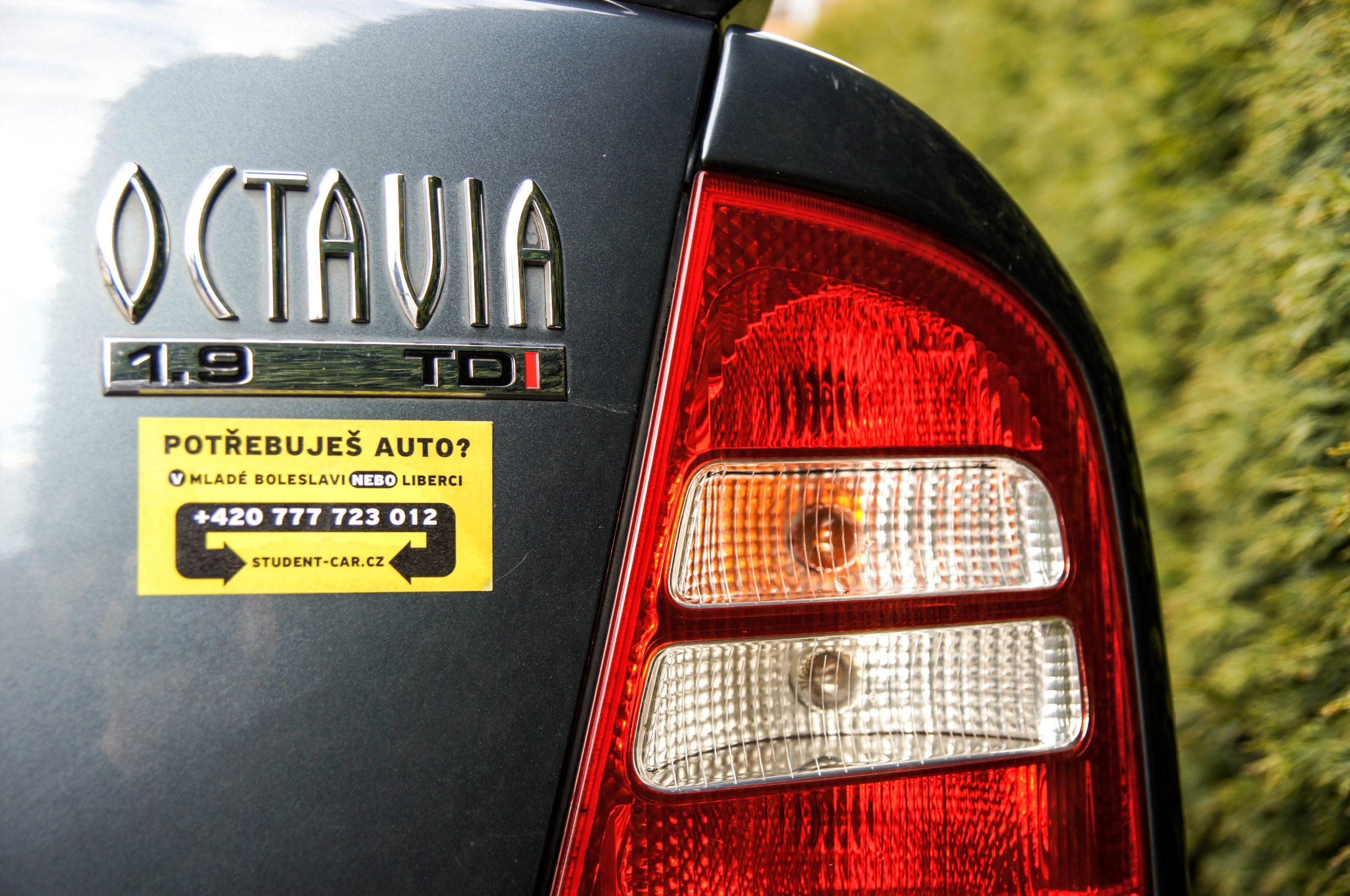
Are you going on vacation? Make sure you have a spare tire in the trunk!
 Vacation is a time of long-distance travel. During them, the driver must be prepared for various scenarios, including tire damage. Moreover, according to statistics, about 30% of cars moving on summer tires have wear marks on at least one of them*. Trainers from the Renault Driving School have prepared a guide to changing a wheel.
Vacation is a time of long-distance travel. During them, the driver must be prepared for various scenarios, including tire damage. Moreover, according to statistics, about 30% of cars moving on summer tires have wear marks on at least one of them*. Trainers from the Renault Driving School have prepared a guide to changing a wheel.
Tire damage is a big problem, especially in the case of long trips, for example abroad, where replacing a broken tire is usually much more expensive than in Poland. Not to mention the cost of a possible tow truck call.
Therefore, before leaving, you should check the condition of the tires in order to be able to prevent an unpleasant surprise. It turns out that almost every third driver does not care enough about summer tires. However, even checking the condition of the tires before leaving does not guarantee that the spare tire will never come in handy. - The need to replace a wheel can be caused by many factors. There may be glass or a nail on the road, and sometimes a tire is damaged due to incorrect pressure inside it. That is why it is worth taking with you a spare wheel and the tools needed to change it, although there is no such obligation under Polish law. - advises Zbigniew Veseli, director of the Renault driving school.
The editors recommend:
Motorways in Germany. No more free driving
Pickup market in Poland. Model overview
Testing the fifth generation Seat Ibiza
 When changing a wheel, it is important to ensure the safety of yourself and other road users. Therefore, pull off the road or other safe place and place a warning triangle behind your vehicle. Items needed to change a wheel include a wrench, a jack, a flashlight, work gloves, and a piece of cardboard to keep clothes from getting dirty. You can also find a special penetrating agent that will make it easier to loosen the screws.
When changing a wheel, it is important to ensure the safety of yourself and other road users. Therefore, pull off the road or other safe place and place a warning triangle behind your vehicle. Items needed to change a wheel include a wrench, a jack, a flashlight, work gloves, and a piece of cardboard to keep clothes from getting dirty. You can also find a special penetrating agent that will make it easier to loosen the screws.
Changing a wheel - step by step
- Before changing a wheel, park the vehicle on a firm and level surface, then turn off the engine, apply the handbrake and engage first gear.
- The next steps are to remove the caps and partially unscrew the wheel bolts. The easiest way to do this is with a wrench on a long handle, the so-called. Teutonic Knights.
- Then you should put the jack on the appropriate anchor point. When using a jack in the form of a vertical screw turned by a lever or crank, it should be remembered that its support must be included in the body reinforcement (usually welded on the edge of the threshold, in the center of the chassis or at each wheel). It is enough to put a "diamond" jack under the car in a place where the bottom of the car is reinforced with an additional sheet (usually in the middle of the threshold between the wheels or at its ends, near the wheels).
- When the jack is firmly in the appropriate anchorage point, you need to raise the car a few centimeters, completely unscrew the bolts and remove the wheel.
- The bolts protruding from the brake disc or drum facilitate the correct installation of the new wheel. They should fall into the holes in the rim. If there is only one pin, the wheel should be positioned so that the valve faces it.
- Then screw in the fixing bolts just enough so that the wheel sticks to the disc or drum, then lower the car and only then diagonally tighten.
- The last step is to check the tire pressure and inflate it if necessary.
Not always a spare tire
Newer car models often have a much thinner spare tire in place of the spare tire. It is intended only to provide access to a tire repair site. The maximum speed at which a vehicle is allowed to drive with the spare wheel fitted is normally 80 km/h. In many cars, an additional wheel is not installed at all, only a repair kit that allows you to seal the tire after minor damage and get to the workshop.
* TNO and TML study for the European Commission, 2016
Read also: Five things you need to know about... how to care for your tires
